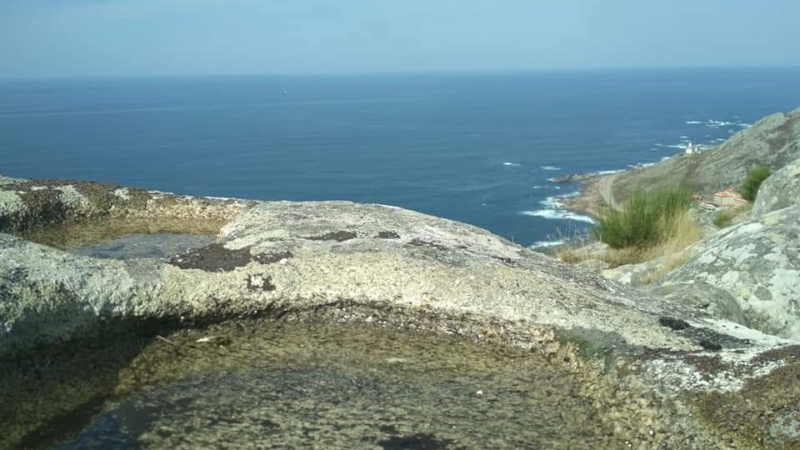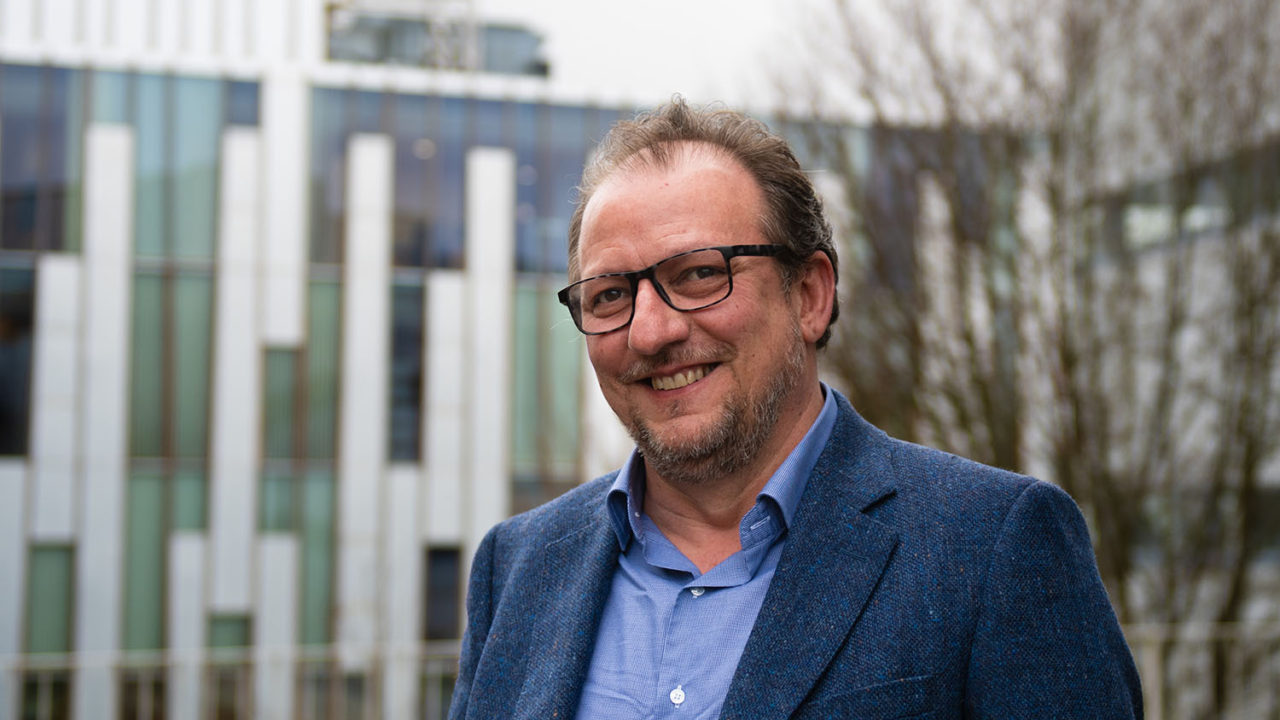Reflections by the director of the CIM-UVigo Marine Research Centre and the Campus do Mar
On June 8th we will celebrate World Oceans Day. We are increasingly aware of the importance and economic potential of the oceans and the entire maritime industry, today grouped under the impulse of the so-called blue economy. This year’s World Oceans Day encourages the global 30 x 30 movement calling on world leaders to protect at least 30% of our oceans through a network of highly protected areas in search of a protection model whic ensures the difficult balance of ocean ecosystems. Currently, according to data from the World Conservation Monitoring Centre (CMVC) of the UN Environment Program (UNEP), only 1.6% of the oceans were legally protected in 2010.
Oceans occupy more than 70% of the earth’s surface. The feeling that its immense volume constitutes an unlimited and indomitable expanse of water is strongly ingrained in the collective consciousness. Even oceanographers and marine scientists see the ocean as an infinitely vigorous and brutal volume, governed solely by the fundamental laws of the universe, technologically unreachable, the last frontier of our planet. Unapproachable on a human scale.
Boost of the blue economy
But is this perception grounded? According to the European Commission, the EU’s blue economy represents 5.4 million jobs and a gross value added of just under 500 billion euros a year. The main sectors of activity are both traditional industries and the transport of goods by sea (90% of intercontinental trade), fishing (1% of total GDP in the EU) and the exploitation of gas and oil (over the 50% is extracted offshore); as new economic areas with rapid growth, such as aquaculture (20% of fish production in the EU with a growth rate of 7% per year, compared to the stagnation of fisheries), maritime and coastal tourism (the maritime sectoral activity most important in the EU approaching 182 million euros of gross added value and representing one third of the entire blue economy), or the still incipient fields of biotechnology, ocean energy and marine mining.
The importance of all this economic activity leads to the adoption in 1982 of the UN Convention on the Law of the Sea. This regulation, initially signed by 160 sovereign nations, regulates the use and establishment of property acquisition and legal security mechanisms that allow the economic development of resources on the high seas. This singular event will initiate the most important, and most peaceful, plan for colonization and territorial extension in the history of humanity. Under its protection, Spain presented in 2009 three proposals for the extension of the continental shelf beyond 200 miles and up to a maximum of 350 in the Cantabrian Sea, Galicia and the Canary Islands. This would suppose an increase of almost 85% of the surface emerged from our territory to the submerged sands adjacent to the coast. Spain would have rights over the natural resources of the seabed of the enlarged area. How, then, to reconcile the blue economy as a depository of high hopes and prosperity in the capacity for economic and social development of the sea with the need to protect the most sensitive ocean ecosystems and at the same time the source of an important part of its wealth?
“Galicia has the scientific potential necessary to promote marine science and technology”
More research and greater coordination between administrations. Galicia has the scientific potential necessary to promote and boost research, teaching and the transfer of excellent knowledge in marine science and technology. Galicia also provides the industry with the tools to improve its competitiveness on a global scale while investigating, identifying and inventing the elements that require specific conservation measures and can be declared of community within the notable geomorphological, oceanographic and biogeographic diversity of our coast.
In this respect, the European Green Pact presented on May 20th by the European Commission indicates two main actions: the EU Strategy on biodiversity, under the slogan ‘recovering nature in our lives’, and a program strongly aligned with the 2030 Agenda for sustainable development, the “Farm to Fork F2 F”strategy aimed at creating in the EU the world’s healthiest and most sustainable food system. These actions materialize an incipient desire for European reconstruction before Brexit and the coronavirus crisis and open an opportunity to address some of the problems that affect the biosphere and climate crisis. There will be more and more important.
It is the moment to materialize in the ETEA field the space that accommodates all this capacity and favors synergies between the universities, technological institutes and the regional centres of the CSIC and the IEO, today mostly grouped in the Campus do Mar. What are we waiting for to develop in this territory linked economically and socially to the sea a great centre of international reference?
Source: DUVI



